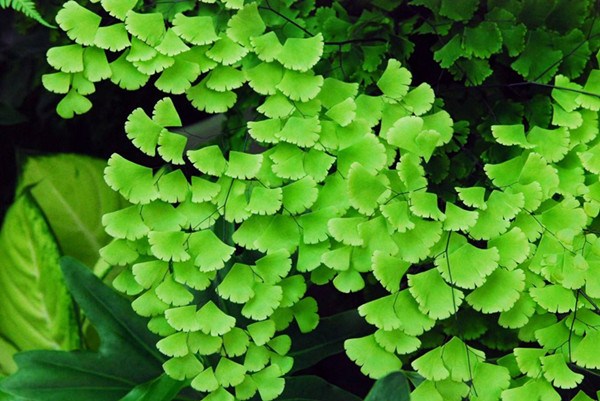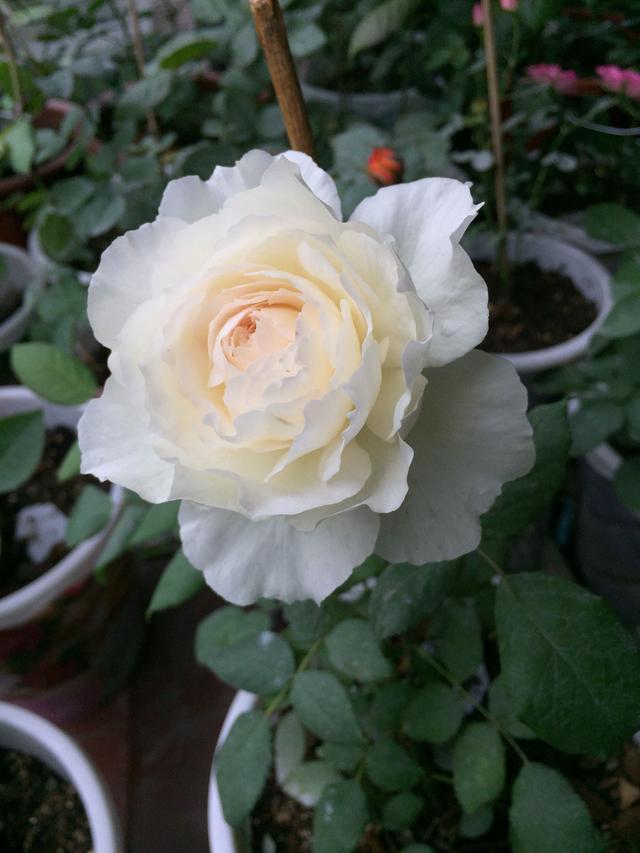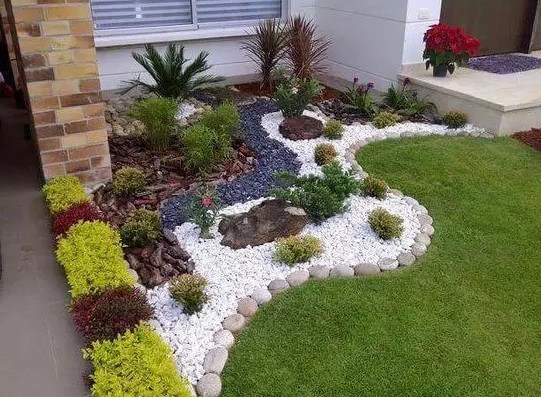Selection and allocation of shade plants in courtyard

In the courtyard, it is dark, damp and shady when it is obscured by tall courtyard trees, and these places can hardly get the sun, and it is often the place where plants do not like to stay. So in the plant configuration, we should choose some shady plants that like to grow in the shade.
Shade plants refer to plants that have strong tolerance to shade and can grow in shade. The shade tree has the nature of shade plant when it is young, and the better the growth condition is, the more obvious the shade plant is. The leaf respiration of shade plants is small, and the net assimilation of leaves of shade plants is greater than that of sun plants under low light (illuminance below 1000 lux). The arrangement of leaves is flat and mosaic at the same time, so the material production is large in low light. However, because the cuticle of the leaves is thin and the resistance to drying is weak, the typical shade plants (especially skiophyte) can not grow under direct light (such as Corydalis). But many plants that grow in the shade can grow under oblique light. This kind of plant, which has intermediate properties with solar plants, is called shade-positive plants (skio-hel-iophyte).
The common shade plants in the courtyard are: Brazilian iron, green basket, tortoise back bamboo, green overlord, rich bamboo, rich tree, money tree, lily bamboo; shade-tolerant orchids, bananas, taros, sunflowers; Alsophila spinulosa, iron ferns, Boston ferns, staghorn ferns and other ferns; vines have firecrackers, night incense, wisteria, rhododendron, green pineapple.
Selection of shade plants
The corresponding shade plants can be selected in different shady environments of the courtyard, such as ferns, Polygonum multiflorum, Ruo bamboo, etc., and shade-tolerant and flowering species can be selected in the semi-shade. Such as eight immortal flowers, lilies, bluebells, Bletilla striata, day lilies, garlic, hairpin and so on.
Configuration of shade plants
It should be artistic in plant configuration, fully highlight the bright color and hierarchical sense of courtyard plants, and plant some shady plants that change in four seasons, which can interplant shrubs such as camellia and rhododendron under tall deciduous trees, and perennial herbs can be arranged under shrubs. Autumn is the best time to plant spring flower bulbs, you can plant them all over the place, or you can plant them naturally from the ground. Spring flower bulbs will make use of the deciduous period of trees to grow rapidly in the sun, fully display their green leaf color, and have a high ornamental value in the coming spring. Spring flowers can plant plants that grow in summer, and there are many kinds of plants in summer, such as tobacco, clematis, Rehmannia glutinosa and so on. When summer turns to autumn, color-leaf ornamental plants and fruit plants also enter the ornamental period, many of which can be maintained until winter and are also pleasing to the eye after frost, such as purple plants, southern bamboos, firethorns and so on.
- Prev

This new type of potted flowers is as beautiful as roses. It blossoms in four seasons and is easy to raise.
Guide green potted plants is a necessary embellishment of home life, raising some flowers and plants at home, many benefits, not only can beautify the room, but also happy mood. "Hua Sheng potted Plant Diary No. 1229" takes you to know a kind of flower full of fairy spirit. Today.
- Next

More pebbles in the courtyard and less recommendation for gripping beauty
A stone scene, of different sizes and shapes, a memory. The use of pebbles and gravel in the courtyard can also be so gripping. Outline with irregularly shaped pebbles, or lay sidewalks to make courtyard paths more vivid and.
Related
- Wuhan Hospital Iron Tree Blooming Result Was Instantly Frightened by the Gardener Master
- Which variety of camellia is the most fragrant and best? Which one do you like best?
- What is the small blue coat, the breeding methods and matters needing attention of the succulent plant
- Dormancy time and maintenance management of succulent plants during dormancy
- Minas succulent how to raise, Minas succulent plant pictures
- What are the varieties of winter succulent plants
- How to raise succulent plants in twelve rolls? let's take a look at some experience of breeding twelve rolls.
- Attention should be paid to water control for succulent plants during dormant period (winter and summer)
- Watering experience of twelve rolls of succulent plants
- Techniques for fertilizing succulent plants. An article will let you know how to fertilize succulent plants.

